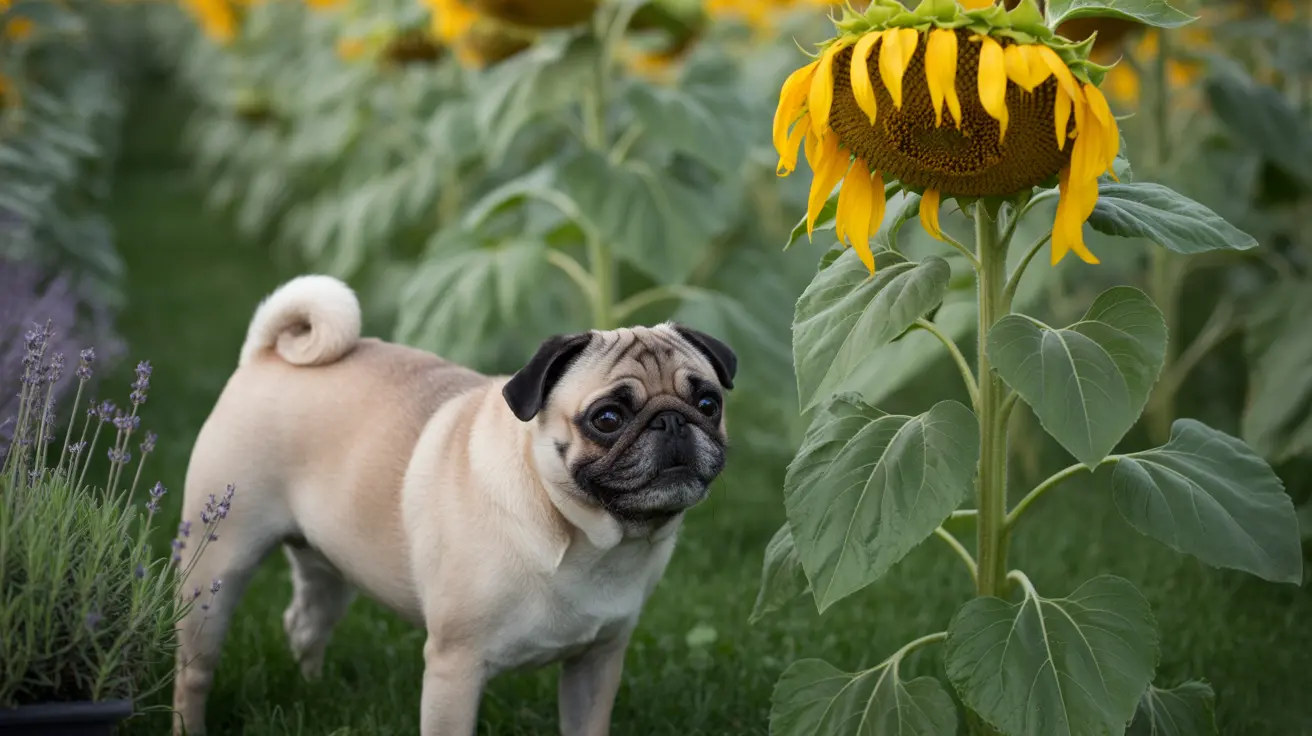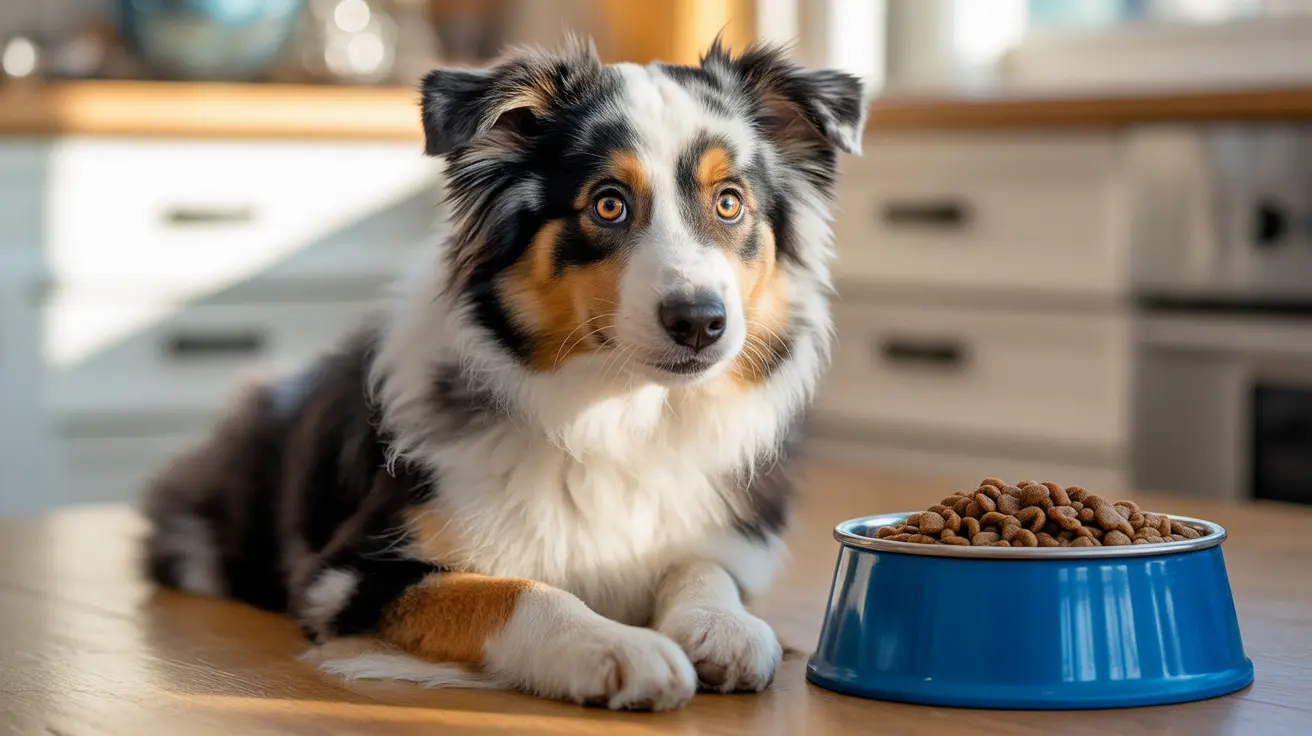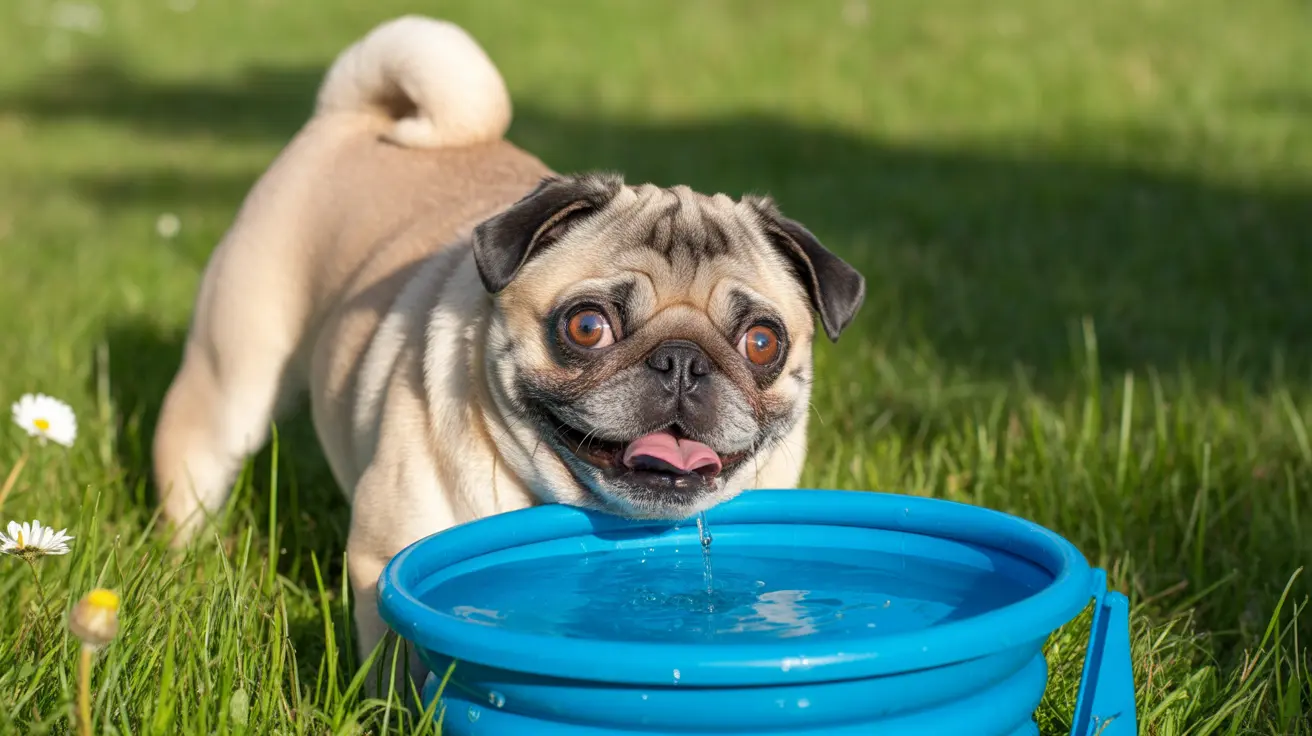Understanding Plant Toxicity in Dogs: Is Hibiscus Dangerous?
Pet owners often worry about which common plants might pose a threat to their beloved dogs. One such plant that frequently appears in gardens is the hibiscus. With over 200 species within the hibiscus genus, it’s important to know which ones may be harmful to pets, especially dogs.
Which Hibiscus Species Are Concerning?
The most commonly referenced type of hibiscus when discussing toxicity in dogs is the Rose of Sharon (Hibiscus syriacus), also known as the rose of China. Although the ASPCA lists this variety as non-toxic to dogs, some sources report gastrointestinal disturbances following ingestion.
The inconsistency in toxicity claims suggests that hibiscus may not be universally poisonous, but some dogs can experience adverse effects depending on the amount ingested, the part of the plant consumed, and the dog’s individual sensitivity.
Common Symptoms of Hibiscus Ingestion
- Vomiting
- Diarrhea (which can sometimes be bloody)
- Excessive drooling
- Loss of appetite
- Abdominal pain
- Nausea
- Lethargy
These symptoms are mostly associated with gastrointestinal upset and tend to be mild if a small amount is consumed. However, larger ingestions—especially by small dogs—can potentially lead to dehydration, which requires prompt veterinary care.
Increased Risk from Roots
In addition to leaves and flowers, dogs chewing on hibiscus roots may face greater risk. Roots can contain concentrated irritating compounds like saponins, leading to oral irritation, blisters, and swelling.
How Veterinarians Treat Hibiscus Toxicity
If you suspect your dog has consumed a large quantity of hibiscus or is showing severe symptoms, immediate veterinary attention is crucial. Treatment may include:
- Inducing vomiting (only when advised by a vet)
- Administration of activated charcoal to limit toxin absorption
- IV fluids to combat dehydration
- Supportive care for persistent gastrointestinal symptoms
It’s also vital to inform your vet if the plant your dog ate was treated with any herbicides or pesticides, as chemical ingestion often makes the situation worse.
Preventive Measures for Pet Owners
To keep your dog safe from potentially harmful plants like hibiscus, follow these tips:
- Supervise dogs when they are in outdoor areas with unknown or decorative plants.
- Familiarize yourself with the plants in your garden and remove risky species.
- Ensure plants are chemical-free before allowing pets near them.
- Consult your vet for identification if you’re unsure about a particular plant.
How Dangerous is Hibiscus Compared to Other Plants?
Although hibiscus sometimes causes gastrointestinal discomfort, it's far less toxic than many commonly grown plants such as:
- Oleander – Extremely poisonous, affects the heart.
- Sago palm – Highly toxic, especially the seeds, can cause liver failure.
- Daffodils – Ingestion can lead to severe vomiting and low blood pressure.
In contrast, most hibiscus-related incidents result in mild to moderate symptoms and rarely require intensive treatments.
When to Seek Medical Attention
Even though hibiscus is generally of low toxicity, seek veterinary help if your dog displays:
- Repeated or severe vomiting
- Bloody diarrhea or vomit
- Signs of dehydration like sticky or pale gums
- Extreme lethargy
Treatment outcomes are highly favorable when dealt with promptly.
Conclusion
Hibiscus is not the number one poison for dogs, but it can cause discomfort, especially when consumed in large amounts or by sensitive dogs. Keep your pet safe by preventing access to questionable plants and consulting your vet whenever ingestion occurs. Though hibiscus poses a relatively low risk, awareness and supervision remain your best tools in preventing pet poisoning incidents.





